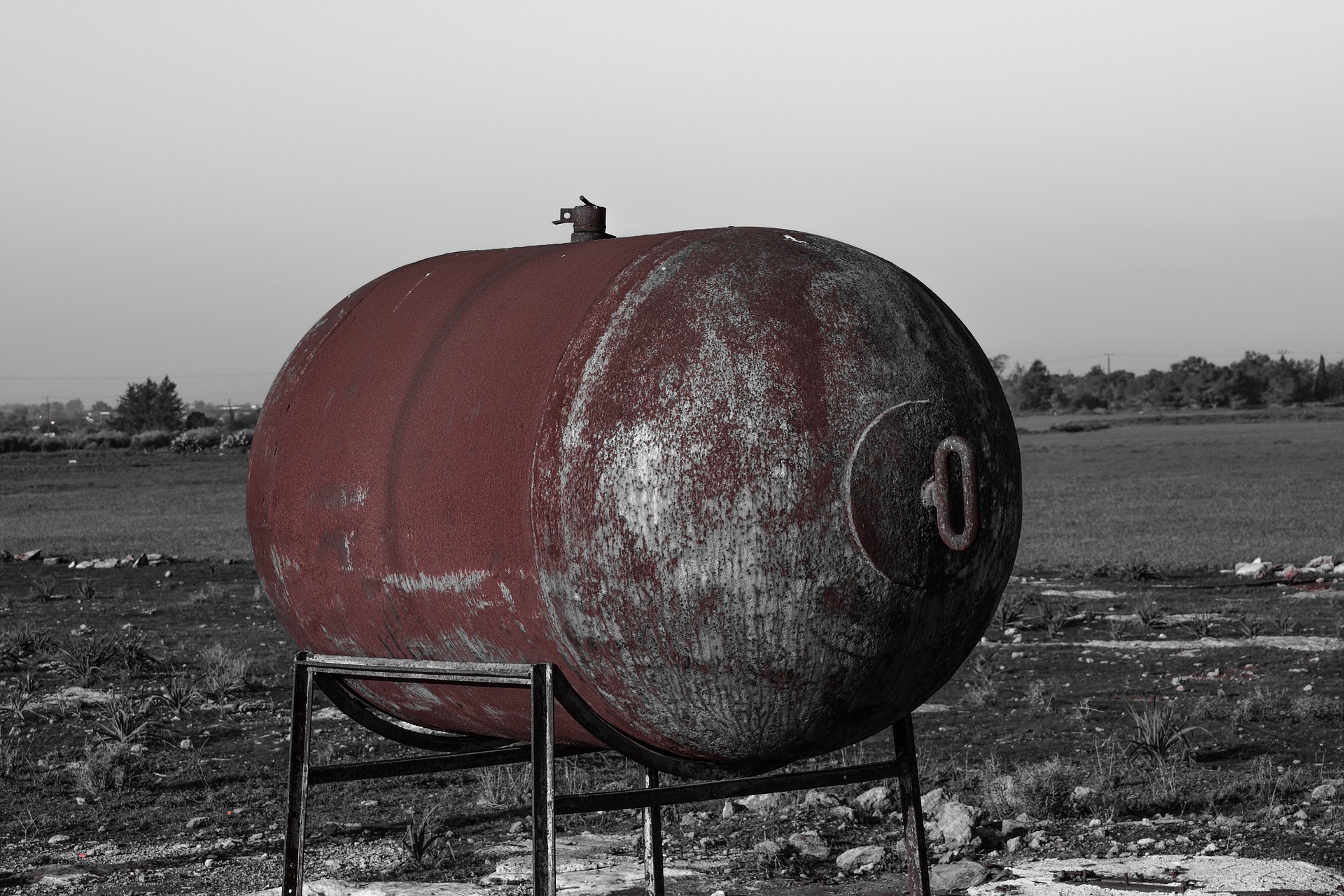
Whether we like it or not, foreseen and unforeseen circumstances such as accidents or natural calamities like bushfires or simple wear and tear lead to the degradation of rainwater tanks. These may come in corrosion for steel rainwater tanks or cracks and leaks in plastic or concrete rainwater tanks, which means routine repair or outright replacement is due. With proper care and maintenance, most rainwater tanks will last a very long time. In cases where the quality and the volume of collected rainwater is affected, the action is needed on the property owner’s part so the tanks remain adequately able to collect and store rainwater. In this post, let’s take a look at the instances where a rainwater tank’s repair or replacement is necessary.
Repair vs. replacement
Over time, all rainwater tanks suffer wear and tear and may need maintenance repairs once in a while. Some heavier, more serious damage may call for the entire replacement of the tank unit itself, with the assessment from the rainwater tank’s supplier. Repair or replacement is important as the damaged tank may allow contamination into the stored rainwater and can always mean leaks. These contaminants range from mosquito eggs, physical debris such as sand and silt or bacterial contaminants from animal faecal matter. Where corrosion of metal in steel rainwater tanks or cracks in concrete tanks in poor conditions, leaking is sure to come, which means repair or replacement should be a priority.
In cases of replacement, however, whether or not a tank is attached to a building, building consent from building administrators or the local council will be required. This covers replacement of tanks larger than 2,000 litres and supported not more than 2 meters above ground or tanks larger than 500 litres and supported not more than 4 meters above the ground. Always remember, whether routine repair or replacement, make sure to contact your rainwater tank supplier as their services cover repair or replacement, depending on the rainwater tank’s warranty you get.
Could I have my rainwater tank repaired?
Plainly speaking, yes, rainwater tanks can be repaired. But the extent of the repair depends on the damage to your rainwater tank. On one hand, simple DIY repairs may be made in and around the area of the rainwater tank, especially the fittings on which the tank is placed and the tank’s gaskets and manifolds. However, for more challenging major repairs, the best practice is to leave this job to the professionals and contact your rainwater tank supplier to inspect whichever repairs are needed to the rainwater tank itself.
Simple welds to fix a crack or leaks may not often be an ideal solution as welds only repair these cracks or leaks at the superficial level. In some cases, this could also weaken the structural integrity of the entire tank. However, for cracks (especially in plastic rainwater tanks), the repair may not be as simple as attaching a simple blind flange. Repairs are usually made by cutting on and around the crack and fashioning specific moulding that follows the shape of the crack on the rainwater tank. In situations such as these, the better option is to go for a professional service to repair the tank.
When is replacement necessary?
When damage to the rainwater tank’s floor is due to an over-pressurisation or some other issue, this may now call for the complete replacement of a rainwater tank. More often than not, similar issues as damage to the tank floor can lead to the removing the rainwater tank from service immediately. These issues may cause further leaks and damage to the rainwater tank, which may affect the quality of rainwater stored in the tank. In these cases, contact your rainwater tank supplier immediately for an assessment as to what action should be done for your tank.
They may issue upgrading the rainwater tank’s pipework, including upgrades to a house’s piping, depending on how the rainwater is used around the property. Although this may mean investing on a new rainwater tank, most suppliers provide 5-, 10- or even 20-year warranties. These warranties frequently cover replacement of tanks free of charge or the suppliers covering a part of the expense of purchasing a brand-new rainwater tank.
When you want to continue collecting and storing rainwater tanks efficiently and safely, repair or, in some extreme cases, replacement is inevitable. Make sure to contact a reliable rainwater tank supplier that can provide you with quality products and ‘repair or replace’ services to last your tanks a lifetime.



Leave A Comment